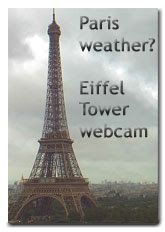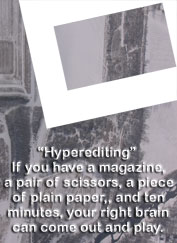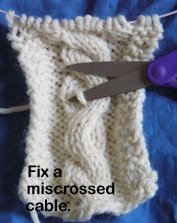.
The next three pics are photos of professional photos taken by the museum, and printed LARGE. This lets us look at more detail than would be possible otherwise, and lets us see things that must be kept in very low-light conditions (because light is harmful to organic materials).
Buttons.
Sewing tools and supplies, including red cloth.
Buttons!
Organic materials suffer if exposed to light. Lots of the treasures from the Arabia's cargo are displayed in very low light. This is good, because the items will not decay as fast, but it is bad, because it's hard to see. I've lightened these pics. A lot. And they're still hard to see.
Shoes! I had thought that nearly all shoes were custom made, in the 1850s. Apparently not! The Arabia carried shoes for everyone in the family, including little kids.
Did you know anyone was buying rubber goods in the 1850s? I didn't.
The rubber items were lit only when someone was looking, and not very brightly, and not for long.
Combs, and that thing at left is a shoe.
Rubber shoes from 1856. Who knew? I believe the darker areas are the rubber, and the paler places are stuffing inside the shoes to hold them in shape.
Rubber shoes for people with very long narrow feet. These would not go on my feet.....
Look how they come to a horizontal point in the front.
Extreme crop of the shoe at left, above. It looks like the bottom of the shoe was textured (for better footing?).
Back to things that won't suffer from exposure to light. Keys, and big bolts, and hinges, and I have no idea what those things top center are.
Conservation/preservation is ongoing. They still have tons and tons of stuff to deal with. Here are buckets and nails awaiting their turn to be cleaned and preserved.
Closeup of nails.
More stuff awaiting conservation.
Another picture of a picture -- salvage in action. As I said before -- getting the stuff out of the ground was a huge set of enormous tasks.
Red yarn coming up out of the Missouri mud. We saw skeins of red yarn, cleaned and neatly rewound. (Too dark for pics, alas.)
I've been listening to a MOOC about archaeology at Portus, the maritime port of ancient Rome. Brick stamps (stamped into the brick by the manufacturer) found at Portus are valuable for informing us about manufacture and trade.
I thought about Portus, and about how long brick-makers have been stamping unbaked bricks, when I saw these bricks that had been on the Arabia..........
.
Subscribe to:
Post Comments (Atom)



































No comments:
Post a Comment